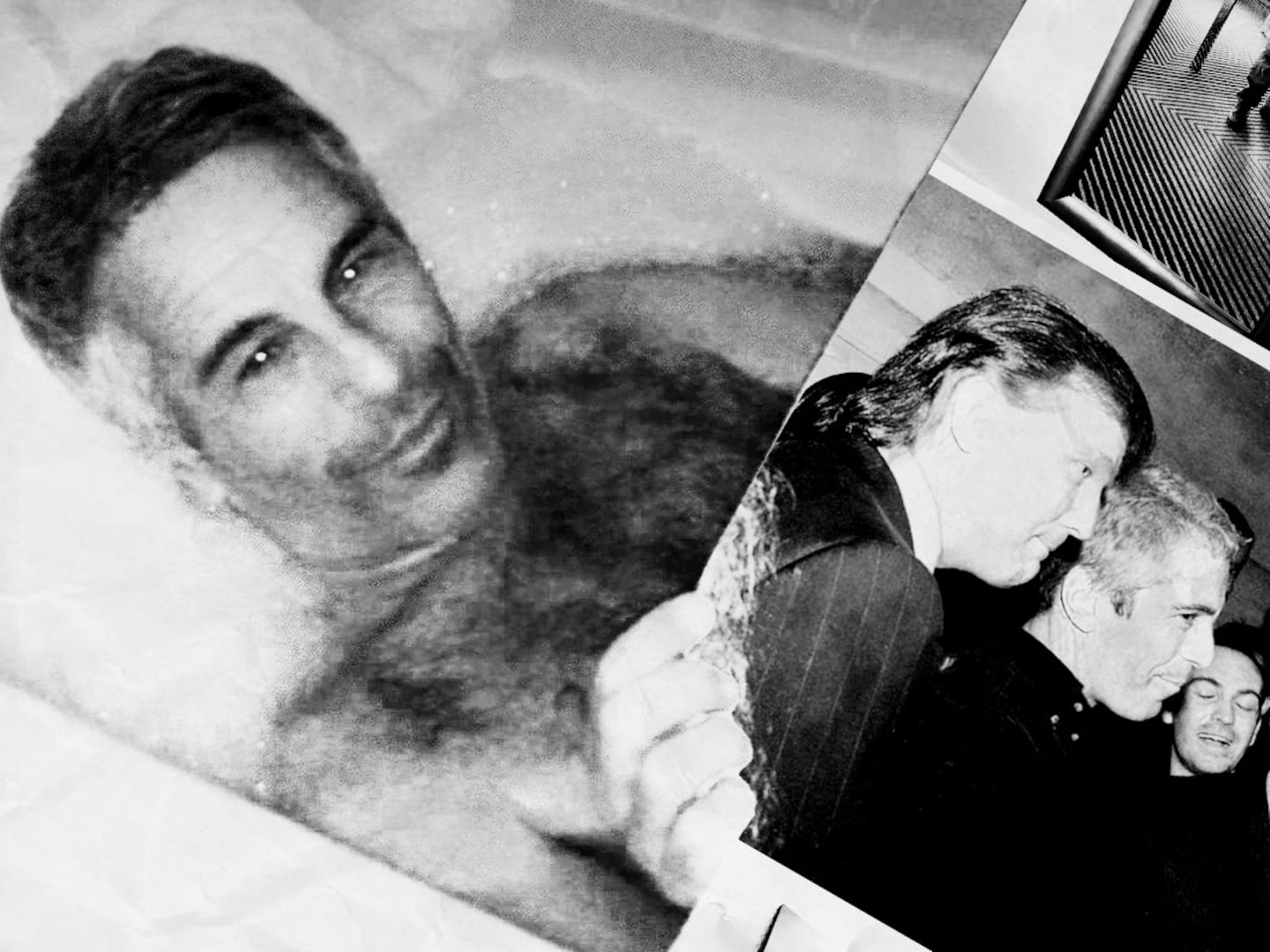In a 2006 New York Times magazine feature, writer Peggy Orenstein explained that she grits her teeth whenever someone greets her three-year-old daughter as “princess” or when her local drug store clerks offer her a pink balloon.
These seemingly innocuous gestures, she laments, are a product of the “princess craze and girlie-girl culture that has risen around it.”
As a feminist mother, she worries how dressing up as Little Mermaid is affecting her daughter, and wonders if other parents would “concede so readily to sons who begged for combat fatigues and mock AK-47s.”
But thankfully, for the millions of little girls and boys who will see Disney’s lush, live-action Cinderella this weekend, the studio hasn’t made too many contemporary, sociocultural tweaks to the story. The classic fairy tale isn’t drafted in service of a modern political agenda.
Indeed, the new take on an old story doesn’t stray much from Brother’s Grimm convention: a downtrodden Cinderella, beautiful inside and out, but imprisoned by her wicked stepmother, finds salvation in kindness and is ultimately rescued by her prince.
This nod to tradition is perhaps unsurprising given that the film is directed by Kenneth Branagh, an actor known to most Americans for his film versions of Shakespeare plays and frequent appearances on PBS’s Masterpiece Mysteries.
And like most classic fairy tales, Branagh’s
Cinderella is heavy on moral lessons. Cinderella (Lily James) repeats her mother’s parting words, “Have courage and be kind,” at every turn. But the film doesn’t collapse under the weight of its morality. It’s also fun and sweet, visually pretty and fanciful, with a modest dose of magic.
The CGI are impressive and frequent, never overdone. But refreshingly, nothing in Cinderella is overdone—in a story that lends itself to bloated characters and graphics.
Even Helena Bonham Carter is restrained as the scatterbrained fairy godmother, an enigma rather than a caricature. The movie is not out for laughs in the way that “Shrek” was, but the fairy godmother’s humor is clever and dry. She assures Cinderella that her towering glass slippers are “very comfortable.”
The new Cinderella is a surprising
departure from the deluge of films featuring princesses like Frozen and the big-screen adaptation of Stephen Sondheim’s Into the Woods, in which the women save themselves rather than relying on a charming, lantern-jawed prince.
And I suspect that parents like Peggy Orenstein will be disappointed that Branagh and Twilight screenwriter Chris Weitz didn’t make a bolder film, one that subverts the archetypal female rescue narrative.
But there are a few subtle, if occasionally superficial, feminist touches. Cinderella is no damsel-in-distress—and no shrinking violet. After a particularly cruel round of taunting and abuse from her stepsisters and stepmother, she mounts her horse and gallops into the woods, where the prince, played by Richard Madden from Game of Thrones, is out hunting.
She’s defiant when he chases her down, chastising him for scaring a stag. He introduces himself only as “Kit,” but takes her orders: “Promise me you will not hurt him.”
She immediately has the emotional upper hand, and the prince returns to the castle moony-eyed, obsessing over her in conversations with his dying father and royal aids. He’s distracted during fencing practice.
Cinderella, meanwhile, takes up cleaning around the house with renewed energy and enthusiasm. She’s dazzled by their chance encounter, but she’s not one to brood.
Societal constraints aside, theirs is a relationship of equals, like that of Elizabeth Bennett and Darcy. When the royal brigade finds Cinderella locked in her attic, she meets the prince—now King—in the drawing room and proposes to him, unashamed to say that she has “no parents, no dowery” and is just “an honest country girl who loves you.”
“Will you take me as I am?” she asks, and he responds by asking her the same question.
So yes, he rescues her, but as in Pretty Women, she rescues
him back. In that late ‘80s classic, the hero takes the heroine out of poverty and prostitution, but she helps him come to term with his father’s desertion of him, making him more emotionally literate: the hooker with a heart of gold.
In the latest film version of Cinderella, the prince saves her from her abusive family, and she allows him to marry for love rather than duty.
At times I wished the filmmakers had given us a sassier, more complex Cinderella instead of focusing so much on her general goodness. She is a child of nature, Buddhist-like, whose only friends are lowly rodents. But she’s spunky and self-possessed enough, and she lights up every scene with her warm smile and relentless optimism. As the narrator
tells us, “she sees the world not as it is, but as it could be.”
Branagh’s Cinderella hasn’t contributed to the “princess craze” or furthered the “girlie-girl culture” Peggy Orenstein despises. Nor does it strike a blow against the patriarchy.
Instead, it does what a good fairy tale film is supposed to do: entertains, and transports us to a bucolic, magical world that sparkles as much as on screen as in children’s imaginations, and teaches us a few universal lessons about the values of goodliness and kindliness. These are idealized values, for sure, but oddly refreshing when—day in, day out—minds, young and old, are assaulted with so much worse.





